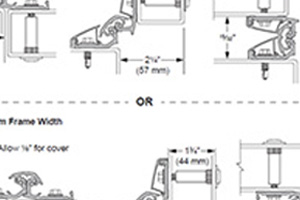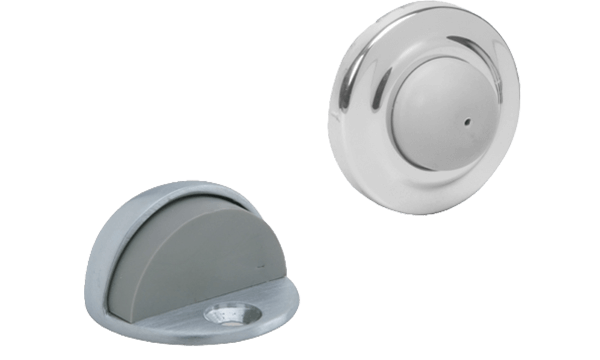Selecting the proper door holder or stop involves considering several factors to ensure functionality, safety, and suitability for the specific environment. Here's a summary of the key considerations:
Door Swing Path and Usage: Choose wall stops for doors that open to walls, floor stops for high-traffic areas, and overhead stops when wall or floor stops are impractical.
Door Weight & Frequency of Use: Use overhead stops for heavy doors and hinge pin stops for lightweight doors. Wall Stops are ideal for doors that swing open to a wall. They protect the wall and door from damage and are suitable for both residential and commercial settings. Floor Stops are suitable when wall stops are impractical, such as in high-traffic areas or when wall space is obstructed. They provide robust stopping power but must be placed carefully to avoid tripping hazards. Overhead Stops are best for situations where wall or floor stops cannot be used, such as when there is cabinetry or furniture behind the door. They are strong and less visible, making them suitable for heavy or high-use doors.
Environment & Surroundings: Opt for wall bumpers in high-impact areas and avoid floor stops in areas prone to tripping hazards. Wall bumpers provide additional cushioning and are ideal for doors that open with significant force or in busy commercial spaces. Floor stops should be used with caution in areas where tripping might be a concern. Wall stops or overhead stops can be better alternatives in such cases.
Holding Functionality: Select wall holders or kick-down holders based on the need to keep doors open. Wall Holders are useful for keeping doors open in commercial settings, such as storerooms or offices. They often include a hook or magnetic component. Kick-Down Holders are easy to engage and disengage, making them suitable for doors that need to be held open occasionally in residential and light commercial settings.
Fire Door Compliance: Ensure stops for fire doors do not have hold-open features. Mechanical hold-open features (e.g., hook stops, plunger stops, kick-down holders) are not allowed on fire doors as they must close automatically in the event of a fire. Select stops without hold-open features for fire doors.
Aesthetic & Discretion: Choose hinge pin stops for minimal hardware visibility and overhead stops for a cleaner look.
By evaluating these factors, you can ensure you select the appropriate door holder or stop that meets the specific needs of your environment while maintaining functionality and safety.
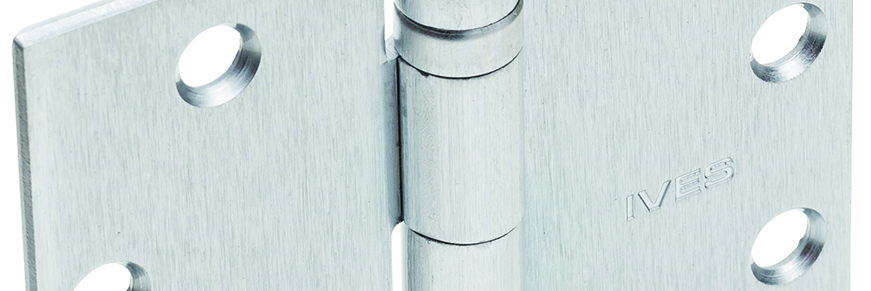
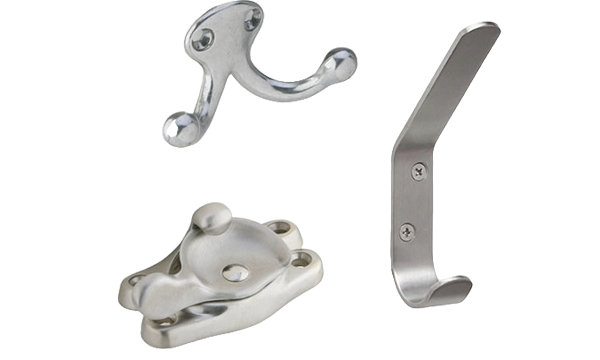
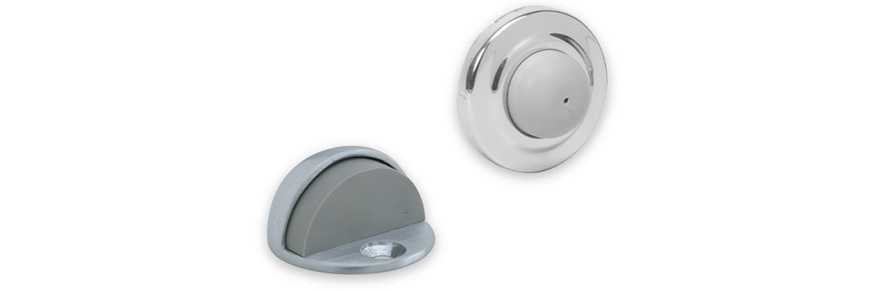


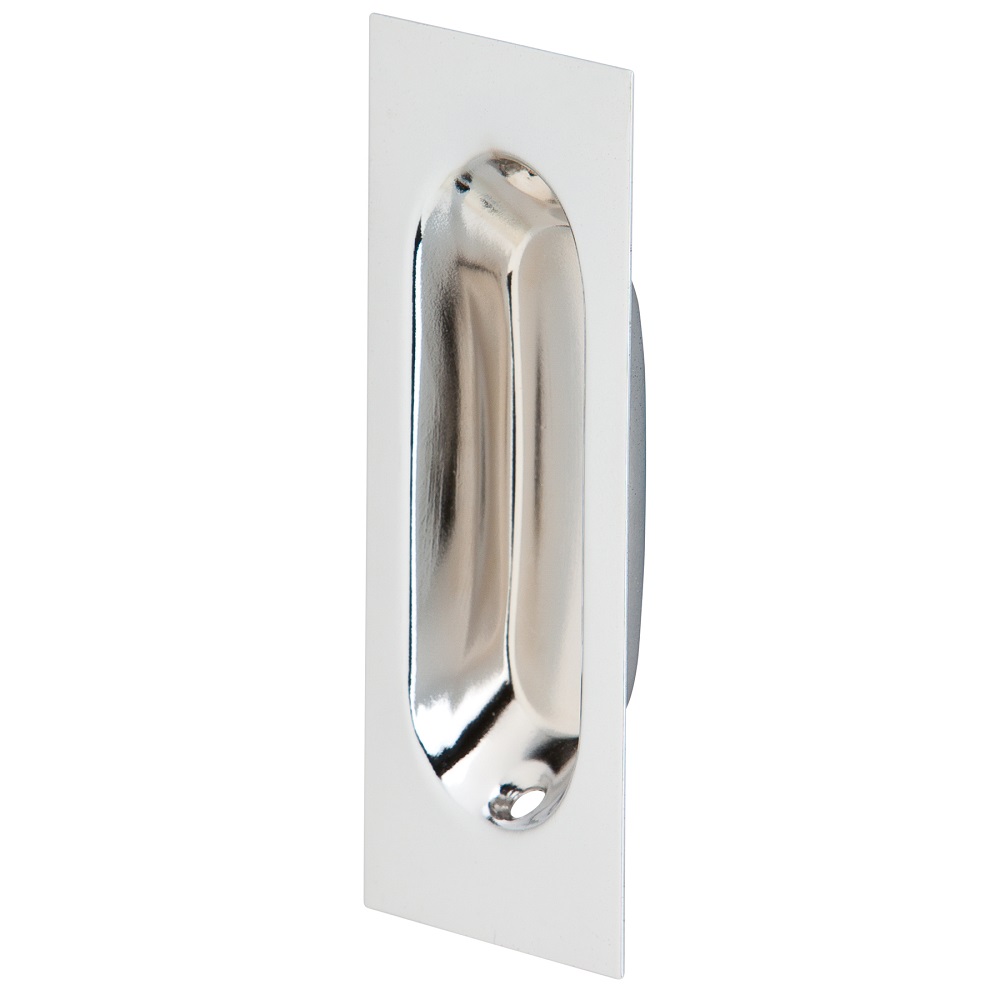

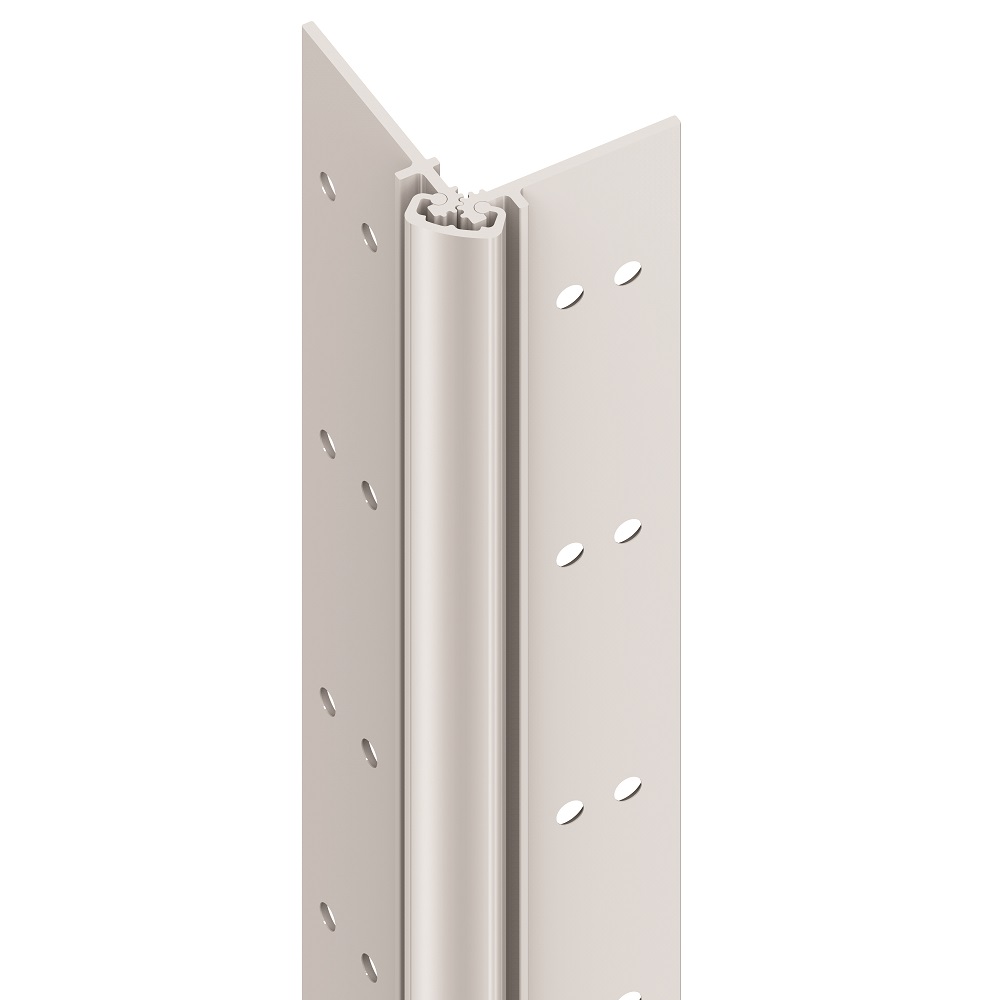

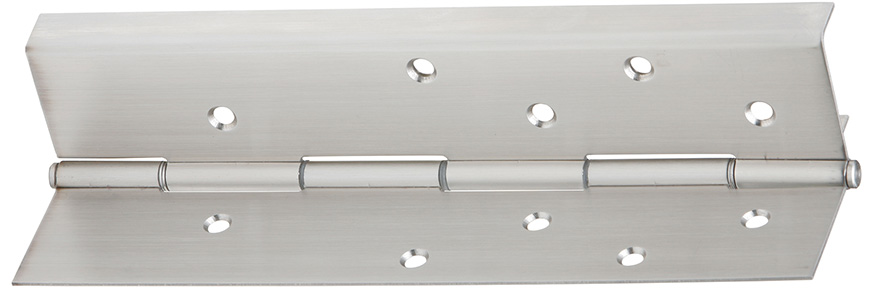


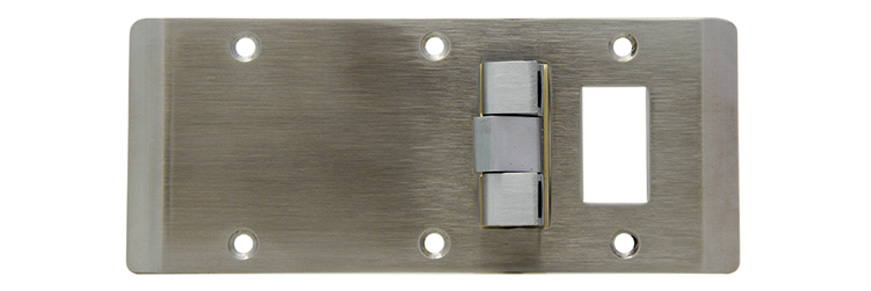
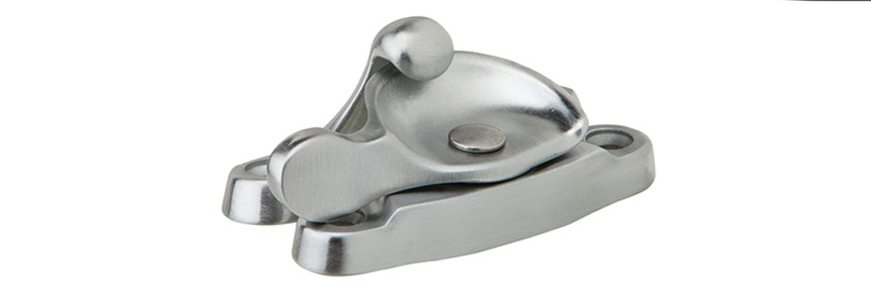
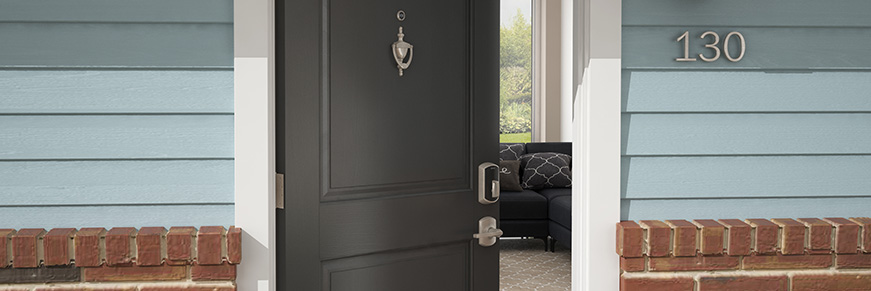
-871x291.jpg)
%20-871x291.jpg)

